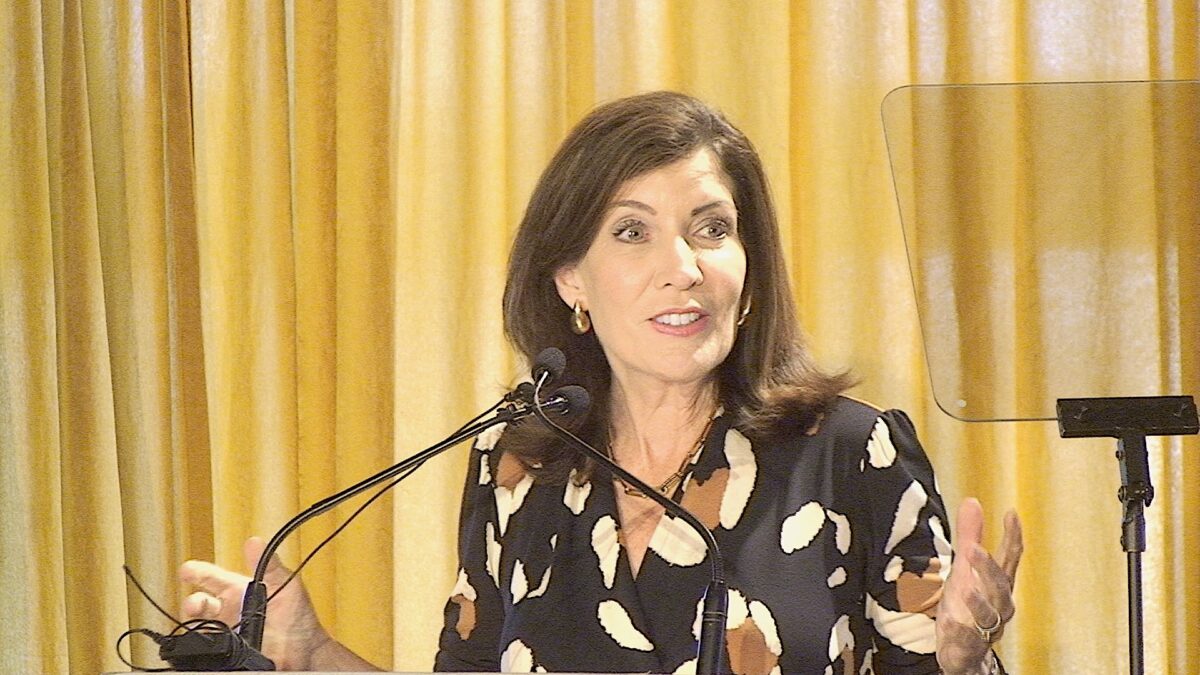Early figures show fall enrollment at the 17 institutions governed by Connecticut”™s new Board of Regents for Higher Education will approach 96,000 students, easing slightly off last year”™s historic high with graduate program enrollment driving the decline.
Norwalk Community College was one of just three community colleges of 12 statewide to increase enrollment, with community colleges combining for a 1 percent dip in enrollment to just under 57,700 students. That was still the second-highest number on record, boosted by part-time enrollment at community colleges increasing a fifth straight year.
Gov. Dannel P. Malloy is focusing his early higher education efforts on better matching school curricula to the actual needs of businesses here. The four Connecticut State University System campuses awarded nearly 7,200 degrees and certificates this year, a record number and the third consecutive annual increase. More than 85 percent of those students typically remain in Connecticut, according to the Board of Regents.
“Our ever-increasing alignment with the state”™s workforce needs is making a difference not only for our students, but for our state,” said Robert Kennedy, president of the Board of Regents, in a prepared statement. “Despite continuing economic challenges, our numbers remain strong.
Graduate enrollment across the four campuses of the Connecticut State University System ”“ which includes Western Connecticut State University in Danbury ”“ dropped 6.3 percent from a year ago, however, contributing to a 1.6 percent decline in overall enrollment.
The Board of Regents did not specify what graduate programs were impacted the worst and conversely which fared best.
The Council of Graduate Schools and the Graduate Record Examinations Board track such statistics nationally, with a report published in September covering graduate school enrollment figures for 2010. CGS and GRE reported an 8.4 percent increase last fall in applications to U.S. graduate schools, ahead of the average 5.7 percent annual increase the organizations tracked over the previous decade.
Actual enrollment however, was another story. Matriculation by those entering their first year of graduate school was off 1.1 percent, the first drop since 2003 ”“ not coincidentally a year in which the U.S. economy was still sputtering back to growth following the dot-com recession of 2001. In perhaps an unexpected development, CGS and GRE said the 1.1 percent decrease was driven entirely by declines in part-time graduate school enrollment ”“ despite the appeal of that path for professionals leery of leaving their jobs to face an uncertain hiring market in a few years.
Still, some fields saw burgeoning interest ”“ the number of people nationally entering computer science and math graduate programs was up nearly 13 percent last fall, double the annual rate of increase since 2005. On the flip side, graduate programs focused on education suffered an 8.3 percent decline, continuing a downward trend.
Business programs saw a particularly marked slowdown in applications last year, according to CGS and GRE, with the Reston, Va.-based Graduate Management Admissions Council saying that carried over to this fall with only 37 percent of full-time MBA programs reporting that applications held steady or increased.
“The caution in this year”™s survey for full-time MBA programs is unsurprising in the current economy as students weigh the financial and time commitments required to pursue a graduate business degree,” said Dave Wilson, GMAC CEO, in a prepared statement.
If some in Connecticut and nationally are grappling with the cost-benefit analysis of a graduate education, schools are getting a boost from one quarter ”“ China, where a sixth straight year of double-digit increases in first-year graduate students helped push international arrivals up 8 percent at graduate campuses this fall, according to CGS.


















